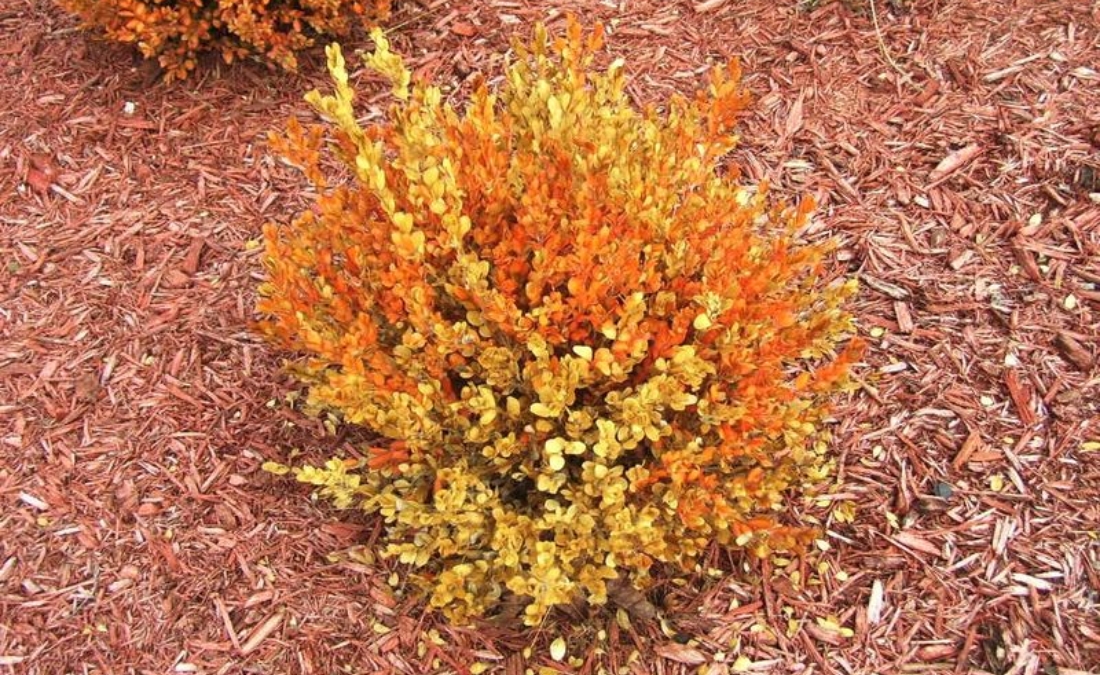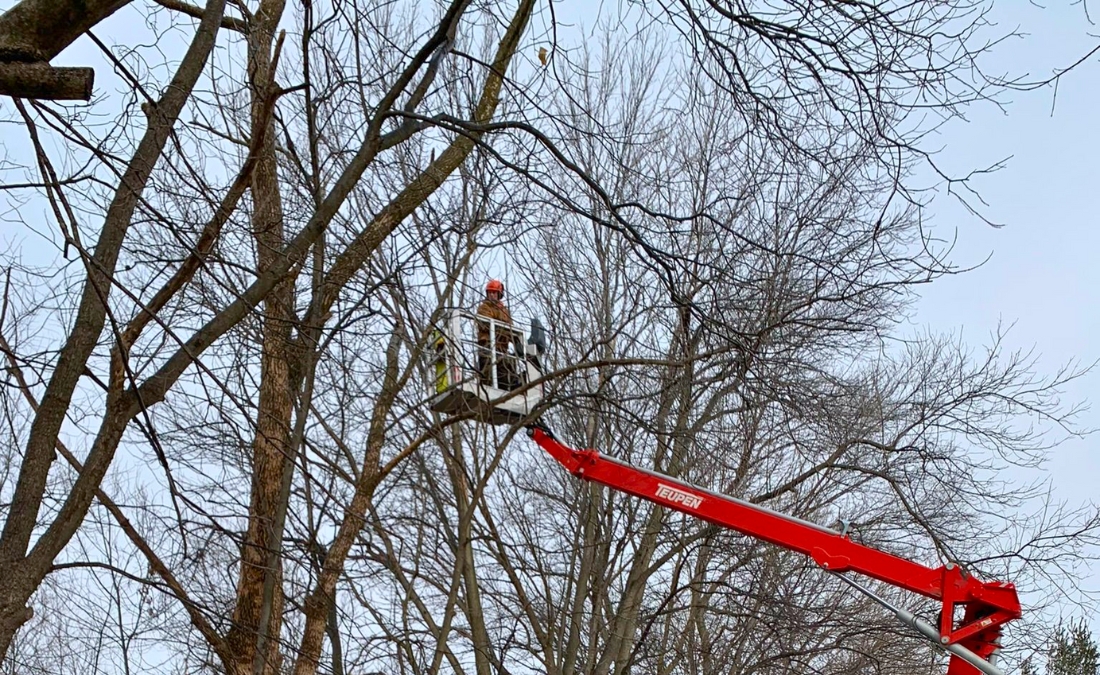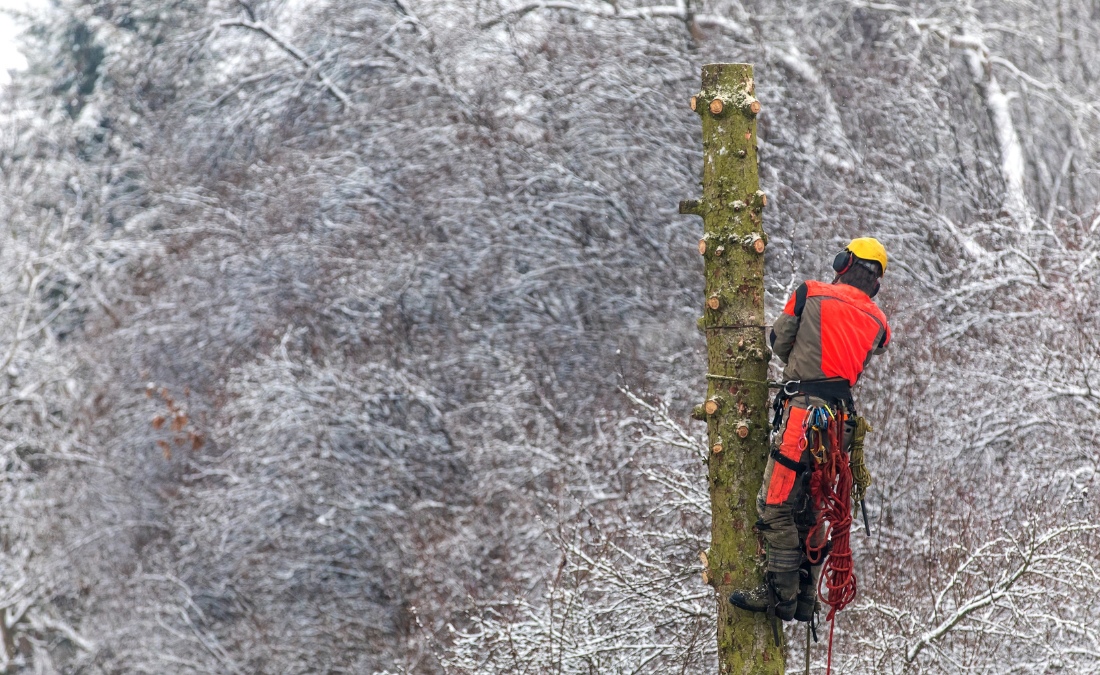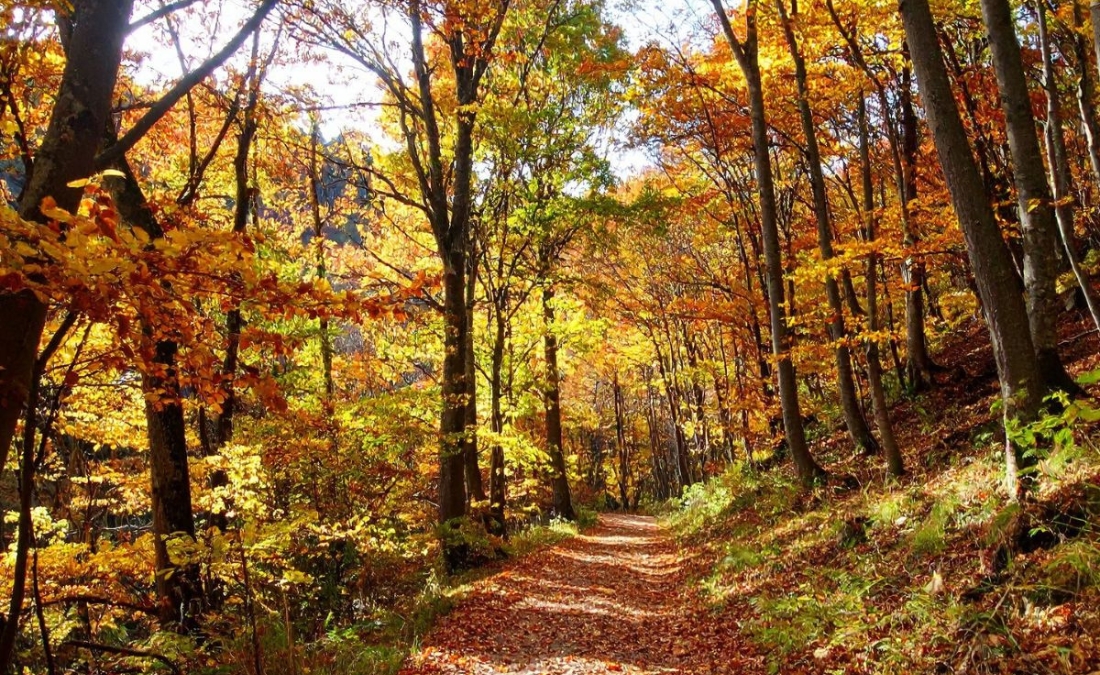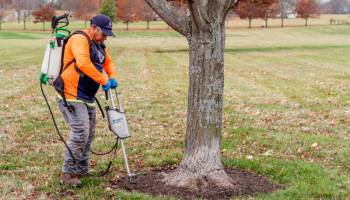6 Spring Flowering Trees That Thrive in Des Moines
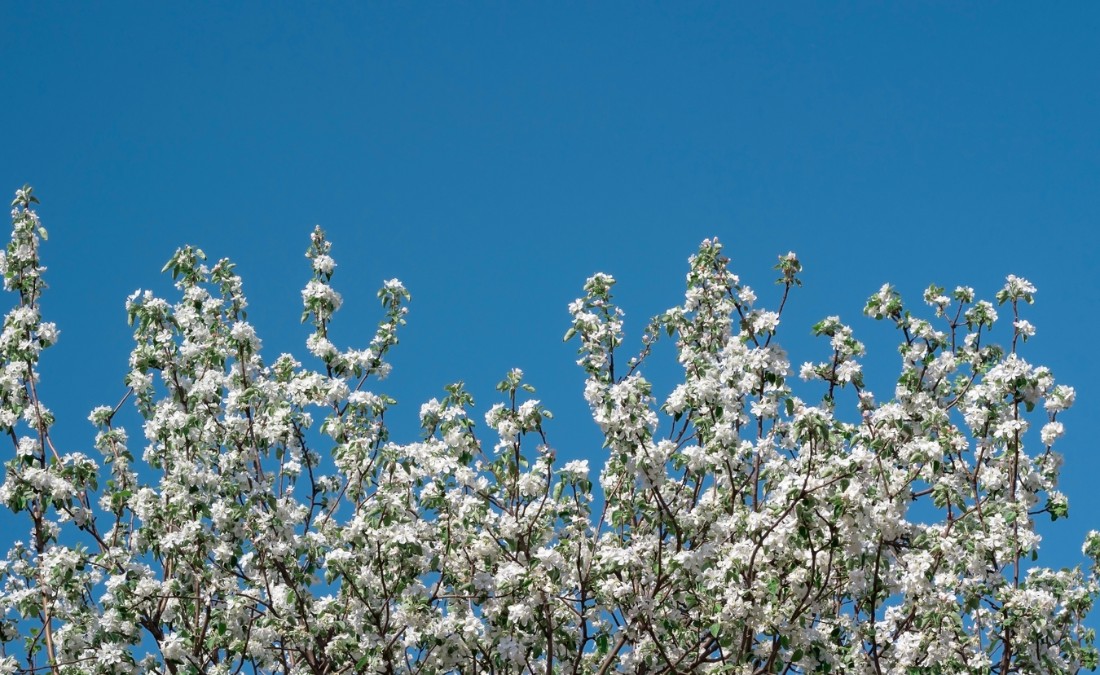
Looking for spring flowering trees that will thrive in your Des Moines yard? Discover native and proven varieties that put on a show of color each spring.
Des Moines residents love their beautiful green shade trees in summer, their red and orange trees in fall, and their evergreens in winter. But what about spring?
Most property owners get new, green growth as the first sign of spring. But the lucky ones get so much more — bright, beautiful blooms of spring flowers in their yard. If you want vibrant spring colors in your yard, consider adding these spring flowering trees to your Des Moines landscape this year.
Key Takeaways:
- Spring flowering trees can dramatically increase curb appeal in early spring, when your neighbors’ yards are still brown and bland.
- Native options, like eastern redbud and serviceberry, offer multiple seasons of interest beyond their spring blooms.
- Most flowering trees in Des Moines stay relatively compact, making them perfect for areas where larger shade trees would cause problems.
- Proper timing of maintenance tasks like pruning and fertilizing is essential for flowering trees to produce abundant blooms each spring.
1. Eastern Redbud (Cercis canadensis)
The eastern redbud stands out as one of the earliest bloomers in Des Moines, bringing vibrant purple-pink flowers to life just as winter releases its grip. This native understory tree thrives in both full sun and partial shade, making it pretty easy to find the right spot.
While its spring display steals the show, the redbud’s value extends throughout the seasons. Heart-shaped leaves emerge with a reddish tint before turning deep green, then transform to bright yellow in fall. This multi-season appeal makes it an excellent choice for properties where curb appeal matters year-round.
When planting, keep in mind the mature size of redbuds. They don’t get too tall, making them a decent option for under power lines. But they have a spreading canopy that can eventually stretch out 20 to 25 feet wide. It’s tempting to plant this close to a window, but keep it a fair bit away from structures to allow this tree to reach its full potential.
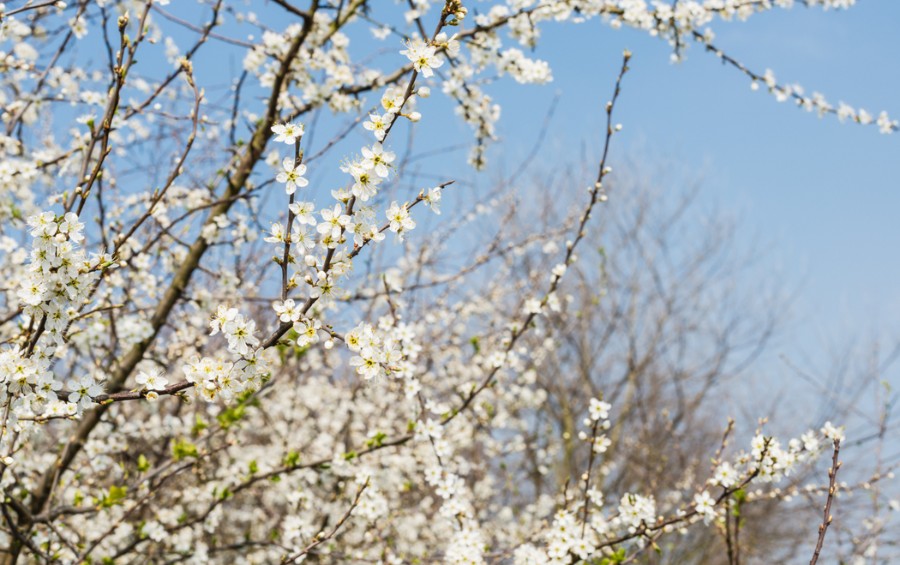
2. Serviceberry (Amelanchier canadensis)
Looking for a tree that does it all? The serviceberry might be the perfect pick. In early spring, it bursts into bloom with clusters of delicate white flowers that seem to cover every branch. But that’s just the beginning.
By summer, those flowers turn into small fruits that look like blueberries. Birds love them, but they’re also perfectly good for people to eat (if you can get to them before the birds do). The berries taste sweet, almost like a mix between a blueberry and cherry.
Fall brings another show when the leaves turn brilliant orange and red. Even in winter, the smooth gray bark adds interest to the landscape when other trees just look bare. For a small tree that stays busy all year, serviceberry is tough to beat.
3. Flowering Dogwood (Cornus florida)
Want to add some charm to a shady spot in your yard? The flowering dogwood might be exactly what you’re looking for. The beautiful white or pink blooms that appear in spring
look like flower petals, but they’re actually special leaves called bracts. Their red berries in fall attract plenty of birds, adding even more life to your yard.
Dogwoods thrive with some afternoon shade in Des Moines. Think of them as understory trees, similar to how they grow in nature, tucked beneath larger trees, like oaks or maples. This makes them perfect for those spots where grass struggles but full sun trees would suffer.
These trees need soil with good drainage, and they don’t perform well during drought conditions. When planted in the right spot and given proper care, they’ll provide decades of spring beauty.
PRO TIP: For more information on how to identify and care for a tree, see our article on how to water a tree properly.
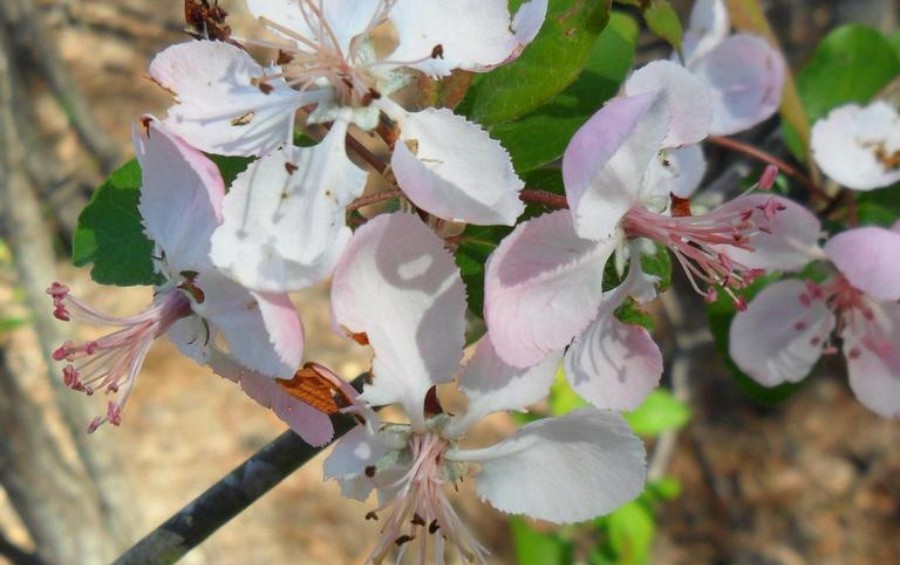
Photo by David Stephens, Bugwood.org
4. American Plum (Prunus americana)
Want to bring more pollinators to your yard? The American plum attracts bees and butterflies by the dozens when it blooms in early spring. The branches become covered in small white flowers that fill the air with a sweet fragrance.
This native tree packs a lot of value into a small package. Beyond the spring show of flowers, it produces edible fruits in late summer that work great in jams and jellies. The fruits also attract wildlife, from birds to deer, making this tree a hub of backyard activity.
American plum trees naturally form thickets over time, which can be good or bad depending on your goals and where you plant them. They make excellent privacy screens and windbreaks but need regular maintenance to keep them from spreading where they aren’t wanted. When given enough space to grow naturally, they create stunning displays each spring.
5. Spring Snow Crabapple (Malus × ‘Spring Snow’)
Most people think crabapple trees are messy, but the spring snow variety breaks that stereotype. This tree produces masses of white flowers in spring but doesn’t form any fruit afterward – so no mess (other than leaves in the fall). That means you get all the beauty of a flowering crabapple without dealing with fallen, rotting fruit on your lawn or sidewalk.
The spring snow crabapple stays relatively compact, usually reaching about 20 feet tall and wide at maturity. Its size makes it perfect for smaller yards or as an accent tree near patios where other crabapples might create a mess. The dark green leaves provide nice summer shade and turn yellow in fall.
Unlike many other crabapples, this variety shows excellent resistance to common diseases that plague other ornamental trees in Des Moines. It requires minimal spraying or treatment to maintain its health and beauty, making it one of the easier flowering trees to care for in the home landscape.
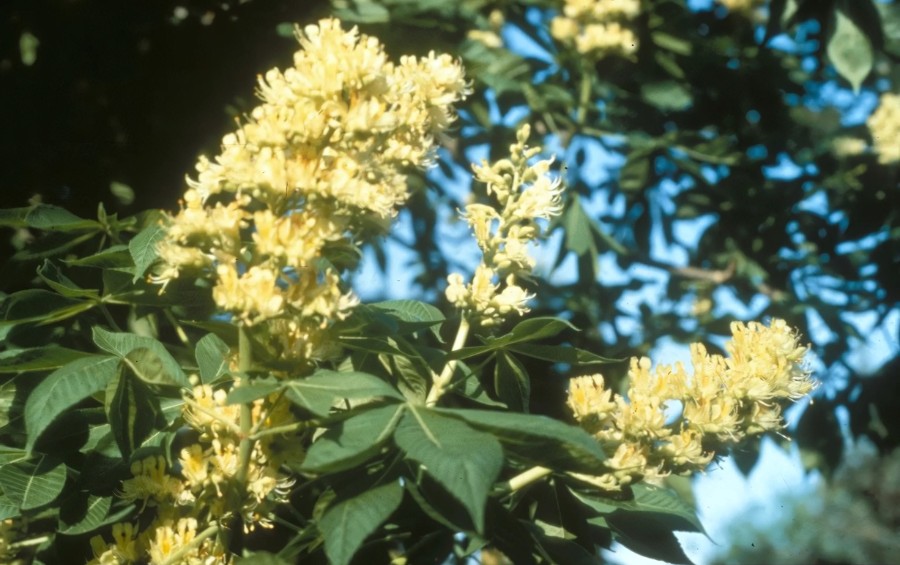
Photo by Richard Webb, Bugwood.org
6. Ohio Buckeye (Aesculus glabra)
While not as common in Des Moines landscapes, the Ohio buckeye deserves more attention. And yes, this tree is native to Iowa, and no, you don’t need to be a Buckeye’s fan to enjoy its beauty.
Its upright clusters of yellow-green flowers appear in spring, creating an unusual and eye-catching display. The flowers might not be as showy as other spring bloomers, but they definitely stand out against the tree’s distinctive palm shaped leaves.
This native midwestern tree offers more than just spring flowers. Its leaves emerge in spring with a bronze tint, mature to dark green in summer, then turn brilliant orange or red in fall. The large nuts it produces in autumn have traditionally been carried as good luck charms, though they aren’t edible.
The Ohio buckeye performs best when given plenty of room to grow. It can reach 40 feet tall and nearly as wide, so it needs space away from buildings and power lines. Plant it where you can enjoy its flowers in spring but where falling nuts won’t cause problems on driveways or patios.
What You Need to Know About Flowering Trees in Des Moines
Caring for smaller, flowering trees is a little bit different from your typical tree care routines and schedules:
- Pruning timing matters more than with shade trees. Most flowering trees should be pruned right after they finish blooming, allowing the trees to grow new flower buds for next year. Doing so in winter could remove next spring’s flower buds, which you don’t want to do.
- Spring fertilization might need to happen earlier than with shade trees. Feed flowering trees as soon as the ground thaws to support flower production.
- Disease prevention becomes more important. Many flowering trees are more susceptible to fungal problems than shade trees, especially during wet springs.
- Size expectations differ significantly. Most flowering trees stay smaller than shade trees, typically reaching only 15 to 25 feet tall. They are naturally found in partially shaded areas, under the canopy of larger shade trees, though they don’t like dense shade.
If you want to enjoy the true beauty that flowering trees have to offer, you need to keep them healthy and minimize tree stress. Proper watering during each season, a layer of organic mulch, and regular pruning goes a long way to keep your flowering trees happy.
FAQs About Flowering Trees in Des Moines
When is the best time to plant flowering trees in Des Moines?
Early spring and fall offer ideal planting conditions for any type of tree. The cooler temperatures and increased rainfall help trees establish strong root systems before facing summer heat or winter cold.
How close can I plant flowering trees to my house?
Most flowering trees should be planted at least 15 feet from foundations, considering their mature spread. Check the expected mature width of your specific tree variety and add 5 feet to determine safe planting distance. Luckily, you can plant most flowering trees closer to home than a large shade tree, so you can enjoy the colorful blooms from inside.
Do flowering trees attract more pests than other trees?
Not necessarily, but they can be more susceptible to certain insects during bloom time. They do attract beneficial pollinators like bees, which most people appreciate, though some don’t.
Plant Stunning Spring Trees with Arbor Masters’ Expertise!
Stop waiting for fall to enjoy a colorful landscape – add spring flowering trees to your yards today. Their smaller profile and flexible sunlight requirements make it easy for most property owners to find a suitable planting location. Then, sit back and let nature put on a show.
And if you have any questions about picking the right species or tree care in Des Moines, or need a troubled tree checked out, Arbor Masters is here to help. Call 515-218-2025 or complete our online form to schedule a free consultation and get professional recommendations for your property.
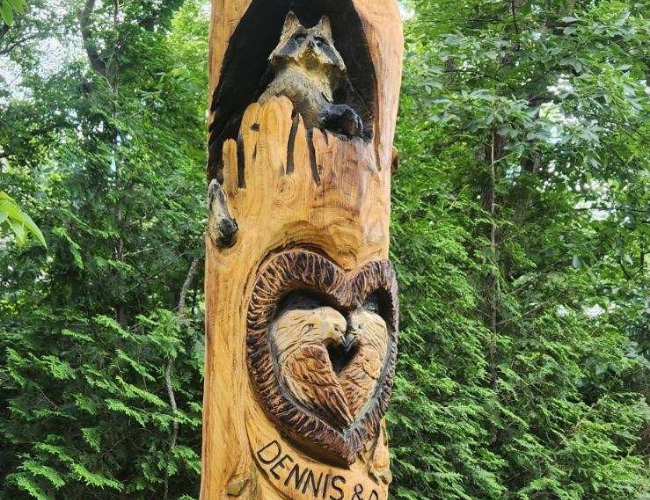
Get the latest local news, tree care tips, special offers, and company updates directly to your inbox! It's easy to subscribe and there's no spam - we promise.
"*" indicates required fields

